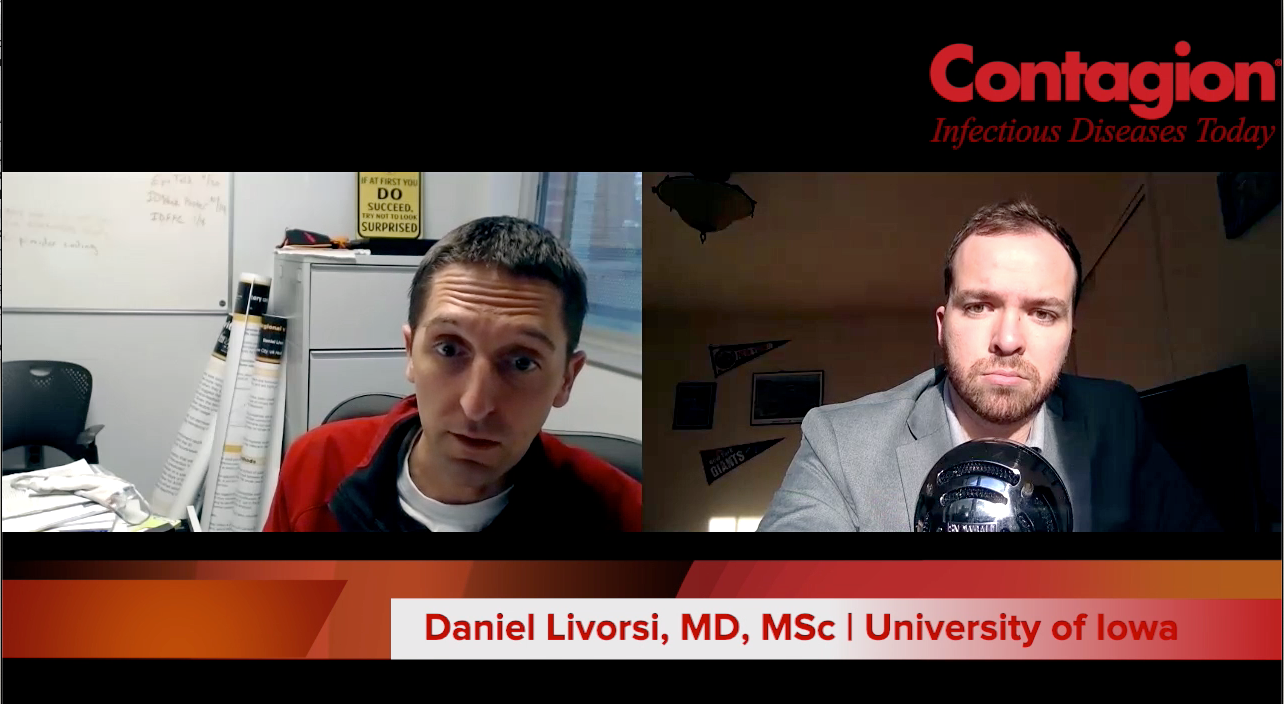The Ugly Reality of Privacy Curtains
A new study gives strong reasons to back implementing cleaning strategies for hospital privacy curtains.
Privacy curtains, two words that make most infection preventionists shudder. Although hospitals are trying to move toward single-patient rooms to meet the demands of patient satisfaction, the truth is that such design models are expensive and challenging for older facilities. As a result, most facilities are still using privacy curtains to circumvent the design issues and create shared patient rooms, increase privacy in the emergency department and urgent care, and more.
The reason these curtains induce headaches in infection prevention and control programs is that they are required to be touched to be moved and unlike counters or medical devices, require laundering to be cleaned. Frequently touched with dirty hands before and after interacting with patients and/or the environment, these curtains—like any object, but especially a fabric one—are ripe for microbial contamination. However, aside from a visibly soiled curtain that would be off-putting to patients, what’s the incentive for hospitals to clean them?
Specific guidelines from the Occupational Safety and Health Administration (OSHA) and the Centers for Disease Control and Prevention (CDC) are vague in that they advise they should be cleaned when visibly soiled, but little else. Furthermore, hospitals struggle with finding a process for these cleaning practices. Should the curtains be laundered after each patient is discharged? How does the process work in a shared room? Should the curtains be laundered if the patient is in isolation? In addition, laundering is expensive for the curtains as they frequently need additional ironing, etc. Finally, who should be in charge of making sure these practices are followed if laundering is based on isolation? These are just a few of the questions that challenge infection prevention practices surrounding privacy curtains in health care.
When determining the best practice for cleaning these curtains, infection preventionists often receive pushback, with clinicians questioning just how dirty they are and if they truly pose a patient safety risk.
To find the answers to these questions, investigators on new study researched the rate of contamination of these curtains in a burns/plastic ward. They assessed 10 freshly-laundered curtains, of which 8 were around patients and 2 were in unoccupied rooms as control curtains, over a 3-week span. Samples were taken near the edge hem, which is where the curtains see the most touching, on days 1, 3, 7, 10, 14, 17, and 21. One culture plate was used for each day and investigators looked for microbial contamination and the presence of methicillin-resistant Staphylococcus aureus (MRSA).
What the investigators found was startling, to say the least.
By day 3, all of the curtains around patients were showing microbial contamination (mean colony-forming units (CFU) was 1.17) compared to the control curtains in the unoccupied rooms. “Test curtains became increasingly contaminated over time, with mean CFU/cm2 for days 17 and 21 of 1.86 and 5.11, respectively. By day 10, 1/8 [patient-associated] curtains tested positive for MRSA, and 5/8 were positive by day 14.”
The fact that the number of curtains found to have MRSA increased over time underscores the need to implement laundering practices that focus on these items. The investigators noted that by day 14, most curtains tested positive for MRSA; these data could be utilized for policy recommendations that all privacy curtains be laundered around that timeframe. The high microbial contamination by day 21 also suggests that laundering policies/practices should ensure that no privacy curtain go beyond that window for cleaning.
Overall, this study highlights the importance of establishing firm laundering practices for privacy curtains, regardless of CDC or OSHA guidance. Reducing the risk of infection associated with contaminated surfaces and objects is a critical part to patient safety.



















